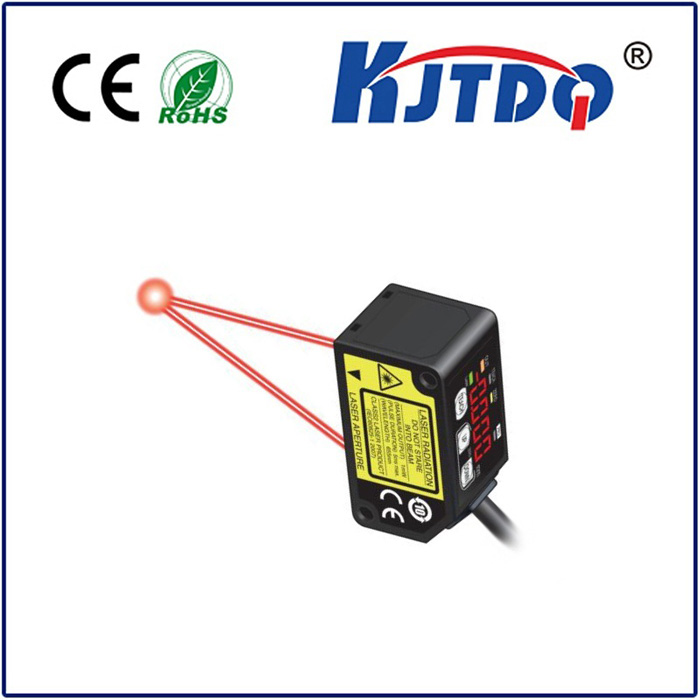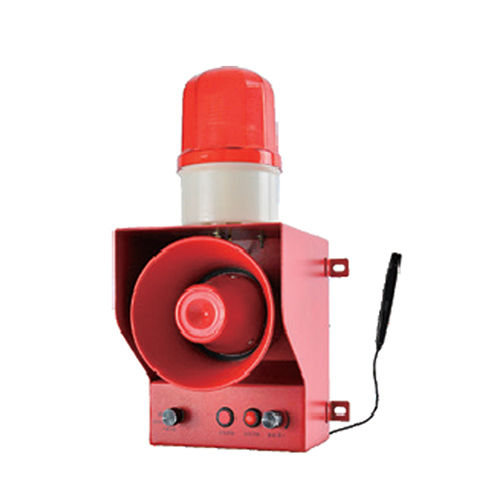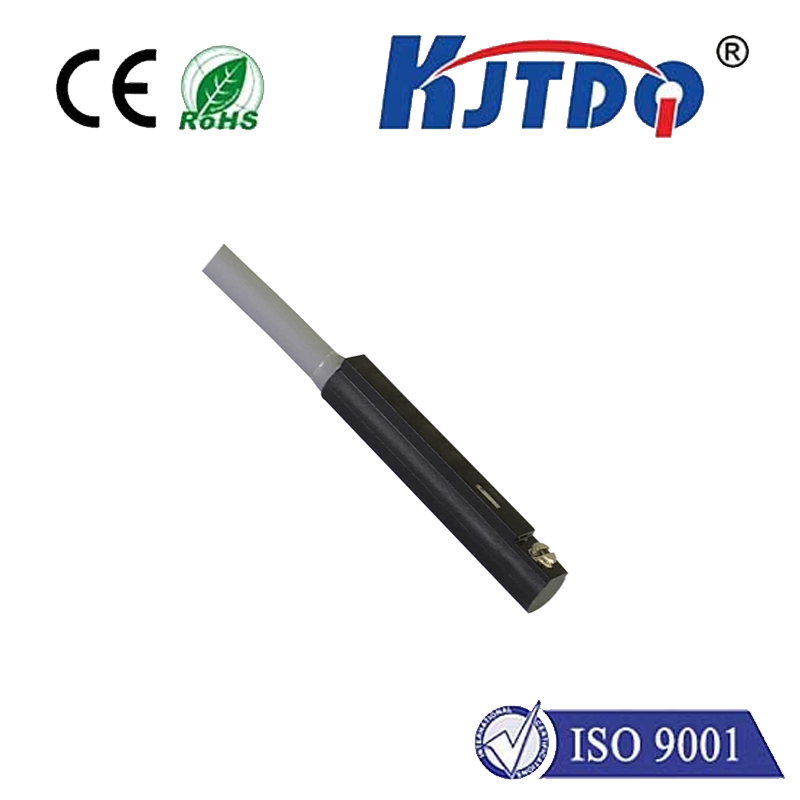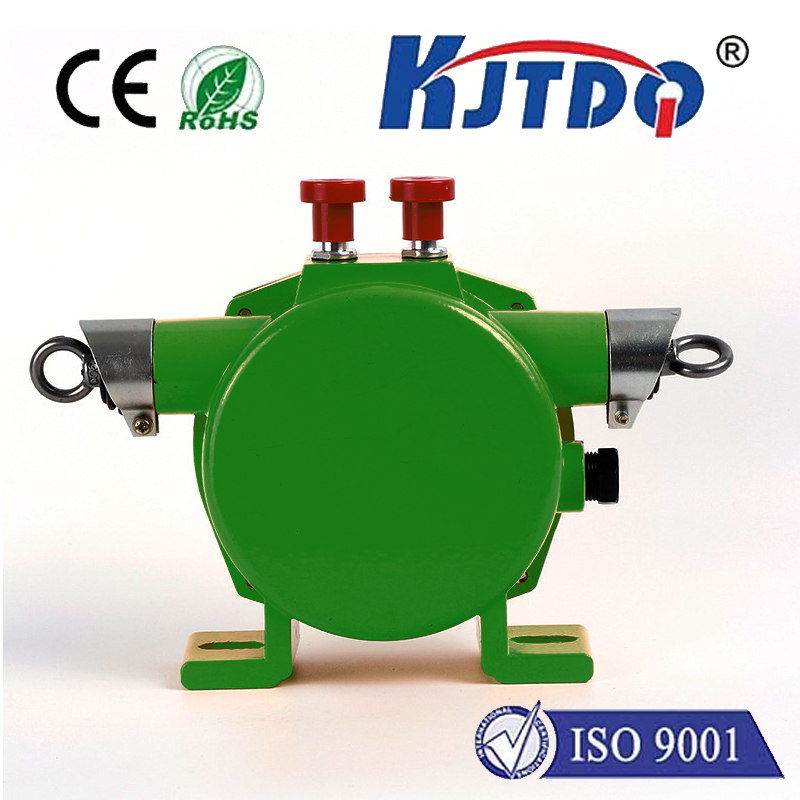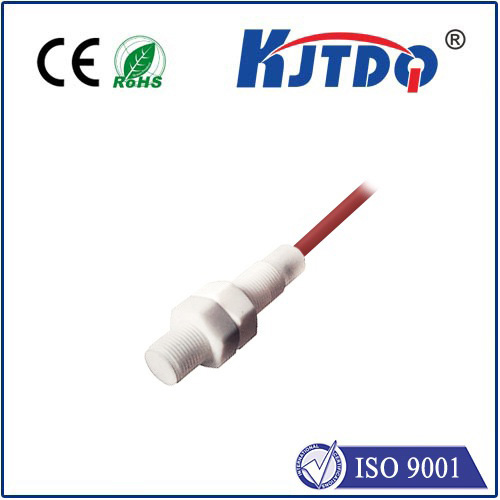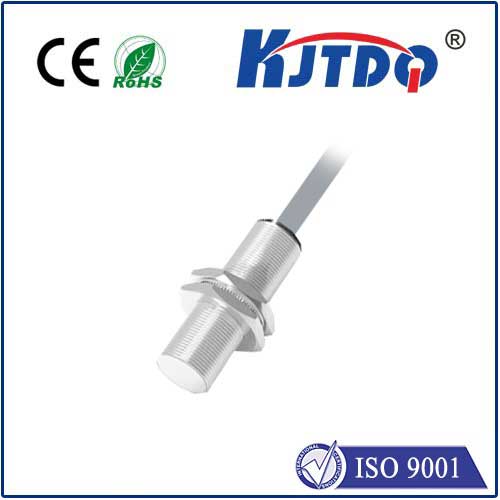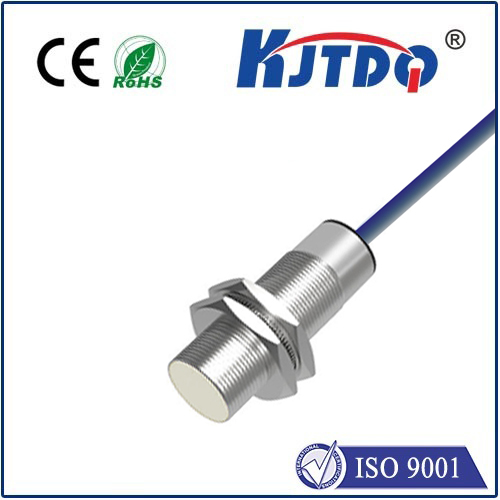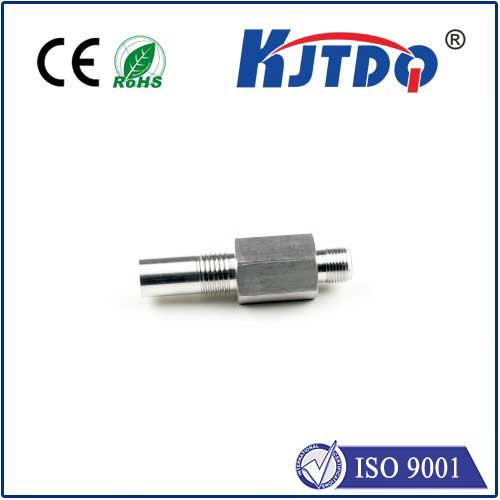Идеальный датчик
- time:2025-07-10 03:51:48
- Нажмите:0
The Pursuit of Perfection: Demystifying the Engineering Concept of the “Ideal Sensor”
What if every measurement you took was absolutely perfect? What if the device sensing temperature, pressure, light, or motion reported exactly what was happening, instantly, without fail, forever? This vision of measurement nirvana is encapsulated in the engineering concept of the Идеальный датчик. While it remains a theoretical goalpost rather than a tangible device, understanding the ideal sensor is fundamental to appreciating the capabilities and limitations of the real-world sensors that pervade our technology-driven lives.
At its core, an Идеальный датчик represents an abstract benchmark – a flawless device against which all actual sensors are compared. It embodies characteristics that, in theory, guarantee perfect measurement fidelity:
- Perfect Sensitivity and Zero Noise: An ideal sensor responds exactly and only to the specific physical parameter it’s designed to measure (its measurand). It exhibits infinite sensitivity to minute changes in that measurand, while generating absolutely zero internal noise or spurious signals. This translates to a signal-to-noise ratio (SNR) of infinity.
- Instantaneous Response & Infinite Bandwidth: It reacts to changes in the measurand instantaneously, with zero lag or delay. Its response time is essentially zero, and it can accurately capture signals fluctuating at any frequency – its bandwidth is infinite.
- Absolute Accuracy and Linearity: The output of an ideal sensor perfectly reflects the true value of the measurand, across its entire operating range. There is zero error – no offset, no drift over time or temperature, and crucially, a perfectly linear relationship between the measurand and the output signal. Its transfer function is a straight line.
- Zero Interference and Infinite Resolution: It is completely immune to all other environmental factors (like temperature variations, humidity, electromagnetic interference, or power supply fluctuations). It experiences no hysteresis and has infinite resolution, meaning it can detect infinitesimally small changes in the measurand.
- Infinite Input Impedance & Zero Output Impedance: When measuring a system, an ideal sensor draws zero power from it, ensuring the measurement doesn’t disturb the measurand itself (infinite input impedance). Simultaneously, it can drive any load without signal loss (zero output impedance).
- Perfect Reliability and Zero Drift: It operates flawlessly forever, with no degradation in performance over time or under any conditions. Its calibration never drifts.
Why Does This Theoretical Construct Matter?

If the ideal sensor is an unattainable fantasy, what’s the point? Its importance lies in its role as the ultimate theoretical reference. Here’s how engineers leverage this concept:
- Benchmarking Real-World Performance: Actual sensors are meticulously evaluated against this ideal standard. Specifications like accuracy, precision, sensitivity, Решимость, linearity error, response time, SNR, дрейф температуры, and hysteresis are all quantifiable deviations from ideal behavior. Understanding these limitations is critical.
- Calibration: The process of calibrating instruments involves comparing sensor outputs against known standards to approximate ideal accuracy within a defined uncertainty range. The ideal sensor defines the goal of perfect calibration.
- Error Analysis: By understanding how a real sensor deviates from the ideal model (e.g., non-linearity, drift, noise), engineers can develop sophisticated error correction algorithms and signal processing techniques to compensate and improve overall system accuracy.
- Sensor Design and Innovation: The ideal characteristics serve as a guiding star for research and development. Advancements in materials science (like novel semiconductors), micro-fabrication techniques (MEMS/NEMS), and signal processing are all driven by the desire to edge closer to the ideal sensor paradigm. It pushes the boundaries of what’s physically possible in microsensor technology and sensing systems.
- System Modeling and Simulation: When designing complex systems (from engine controls to medical imaging devices), using ideal sensor models simplifies initial simulations and theoretical analysis, helping validate core concepts before grappling with the messy realities of real-world devices.
The Real World: Bridging the Gap
No physical sensor can simultaneously achieve all the traits of an ideal sensor. Physics imposes inherent constraints. Materials have resistance, capacitance, and inductance. Signals cannot propagate or be processed infinitely fast. Thermal noise is ubiquitous (Johnson-Nyquist noise). Manufacturing processes introduce microscopic variations. Power supplies fluctuate.
However, modern sensor technology achieves remarkable feats by specialising:
- High-Precision Sensors: Devices like atomic force microscope probes or interferometric displacement sensors achieve stunning resolution and accuracy in specific domains, though often with trade-offs in speed, size, or environmental robustness.
- Ultra-Fast Sensors: Photodetectors or specialized pressure transducers can capture events occurring in picoseconds, but might have limited dynamic range or sensitivity compared to slower counterparts.
- Robust Sensors: Industrial-grade sensors for harsh environments prioritize reliability, ruggedness, and immunity to interference over ultra-high precision.
- Intelligent Sensors: Integrating microprocessors directly onto sensor chips (smart sensors) allows for powerful on-board signal processing, calibration compensation, diagnostics, and communication, significantly mitigating non-ideal characteristics like non-linearity and drift.
The Enduring Quest
The concept of the Идеальный датчик, while a theoretical abstraction, is far from an academic exercise. It represents the fundamental aspiration of measurement science. It provides the rigorous language (sensitivity, Линейность, drift, SNR, response time, accuracy) to describe, compare, and improve the real sensors that are the sensory organs of our modern technological world. Every specification sheet, every calibration certificate, every advance in microsensor technology is implicitly referencing this unattainable perfection. The relentless pursuit of sensors that exhibit near-ideal characteristics across more domains, with higher performance, lower cost, and smaller size, continues to drive innovation in fields as diverse as healthcare diagnostics, autonomous vehicles, environmental monitoring, industrial automation, and scientific discovery. Understanding the ideal is crucial for mastering the real.

